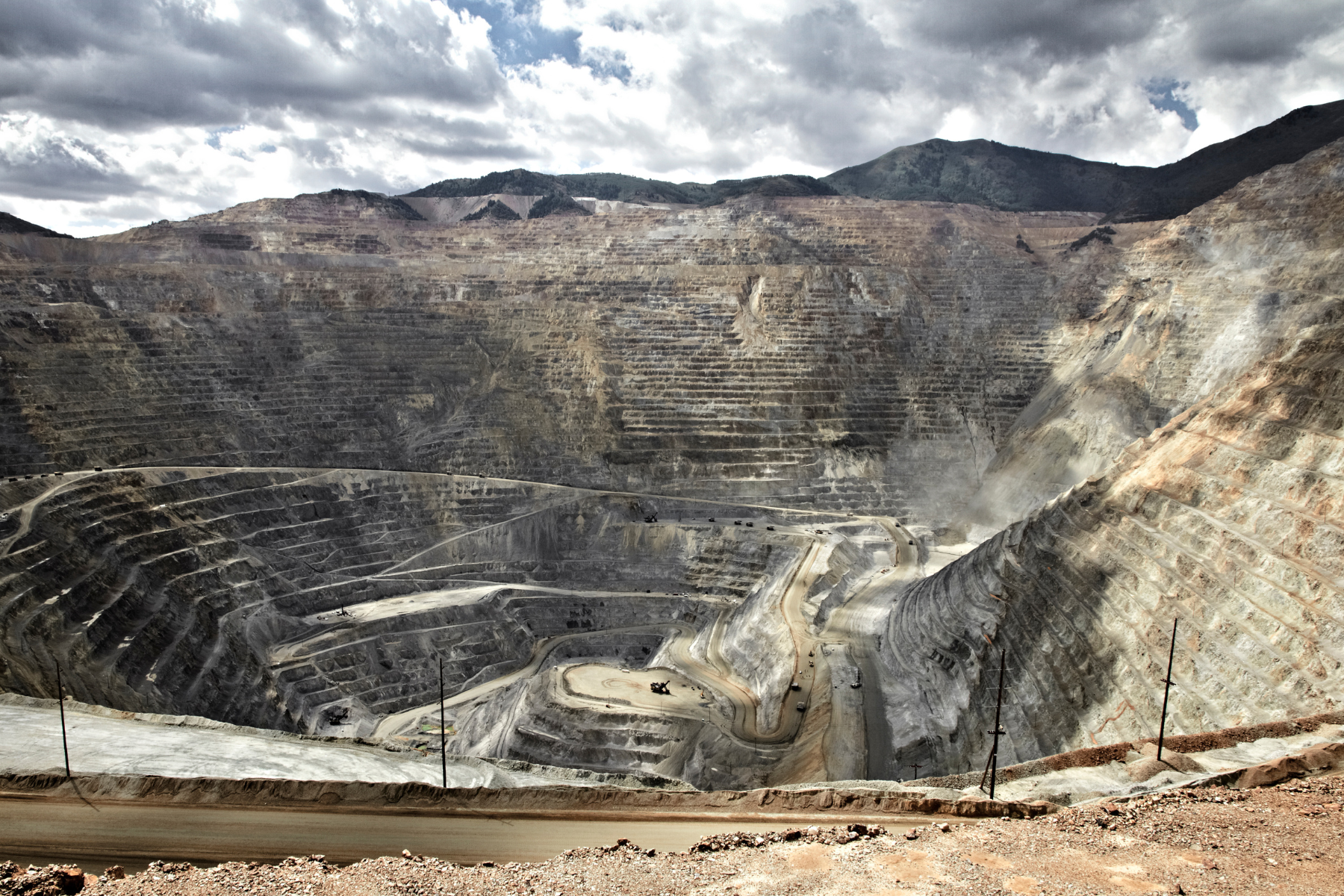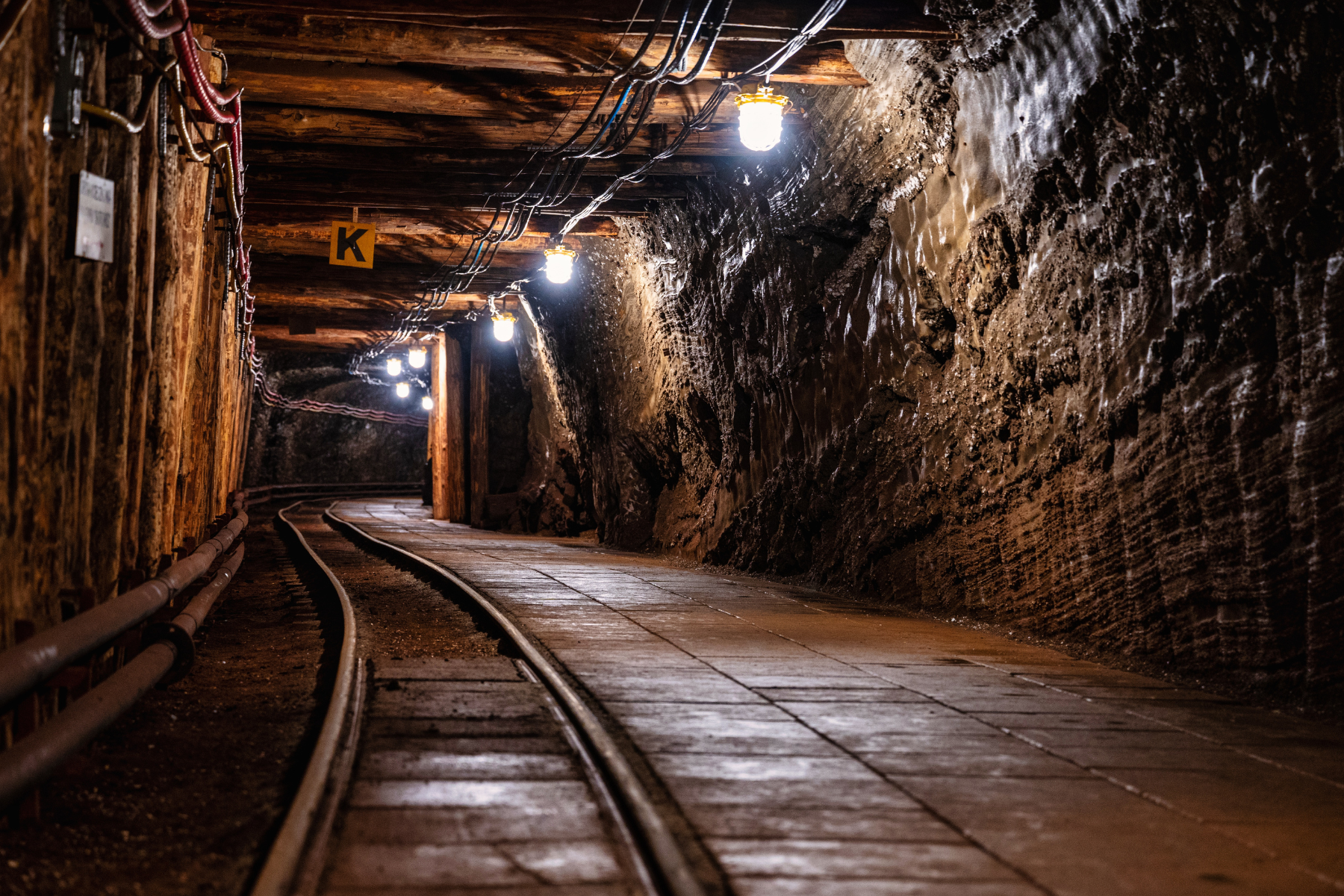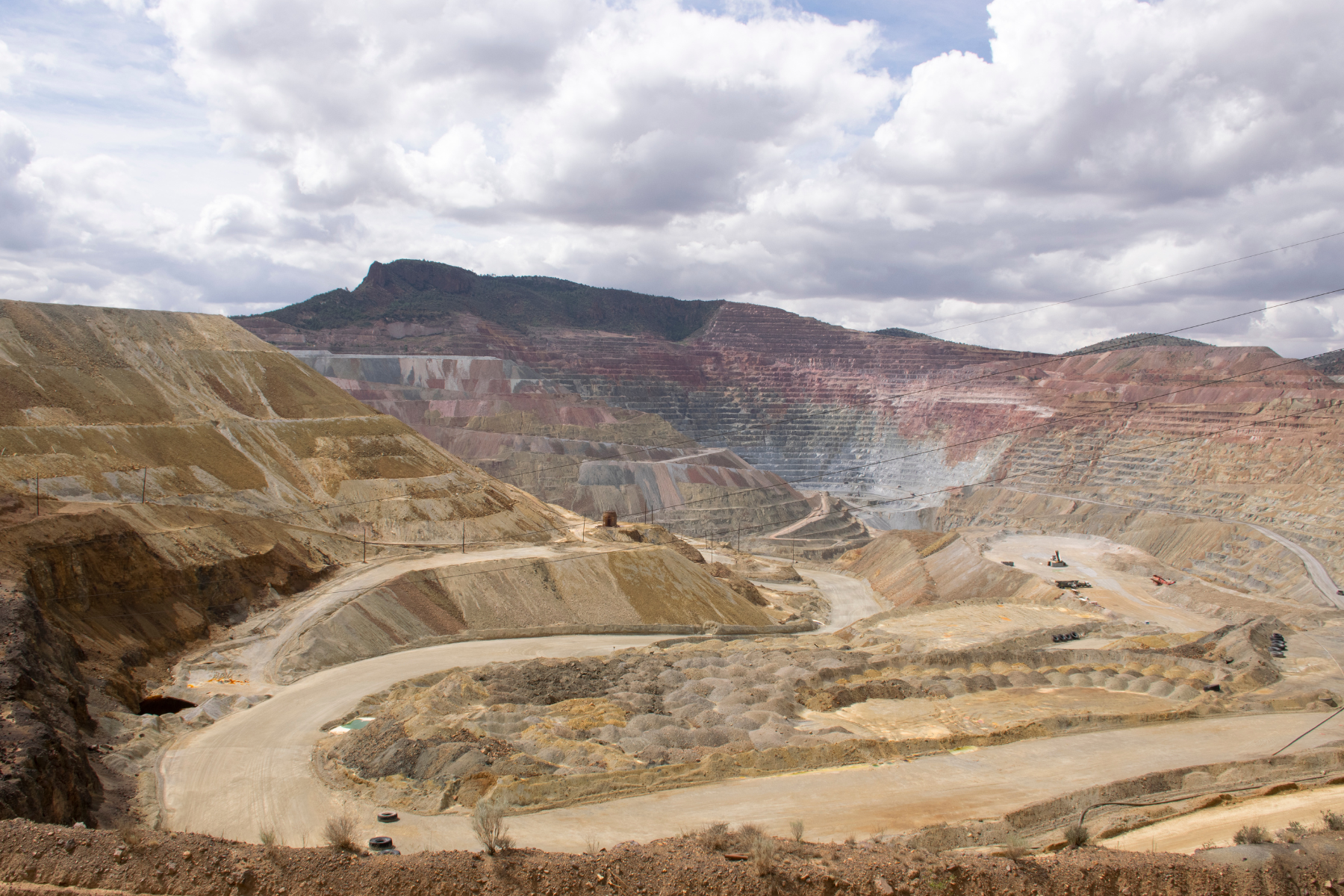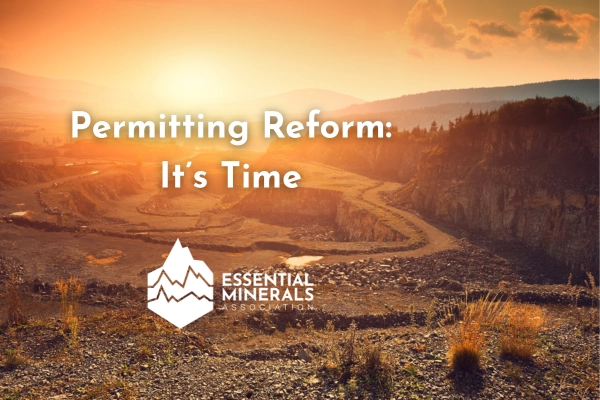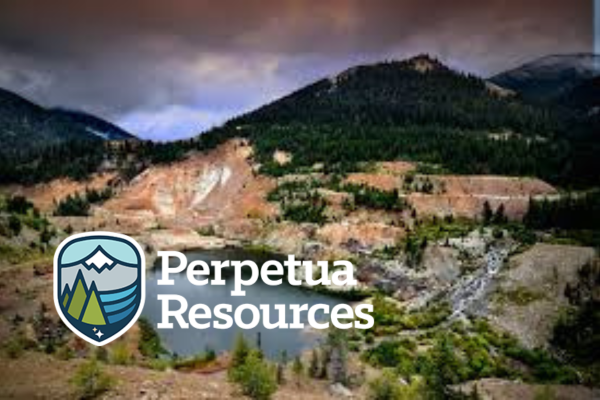National Environmental Policy Act (NEPA)
The National Environmental Policy Act requires federal agencies to assess the environmental effects of their proposed actions prior to making decisions, which includes mine permit applications. The start-up costs for mine exploration; feasibility studies; and development – which includes financing, permitting, and construction are cost prohibitive for many mineral companies. A typical U.S. mining project loses more than one-third of its value because of bureaucratic delays in permitting process, according to a 2015 study by SNL Metals and Mining. Undertaking a NEPA assessment can take several years in many cases. EMA supports policy to streamline this process and balance environmental impact with much needed domestic mineral production.
In 2023, the Fiscal Responsibility Act was passed and signed into law. The act provides for changes to NEPA, including updated timelines for Environmental Assessments (one year) and Environmental Impact Statements (two years). In addition, project applicants now can provide their own draft Environmental Impact Statements for agencies to review, which saves valuable time in the process. Finally, the bill includes provisions to reform the definition of “reasonably foreseeable” impacts under NEPA.
However, there is still more work to be done, and EMA urges members of Congress and the White House to build on the momentum of the Fiscal Responsibility Act by continuing to pursue bipartisan solutions that will improve our nation’s permitting system.


